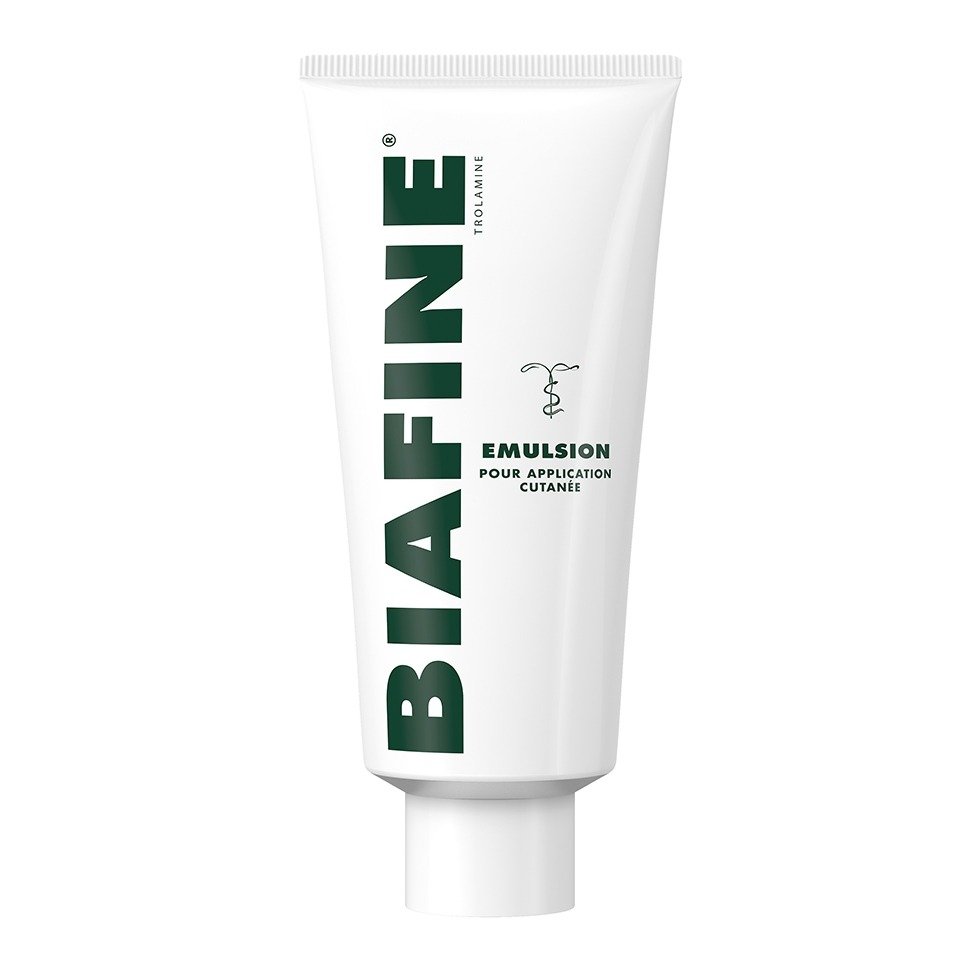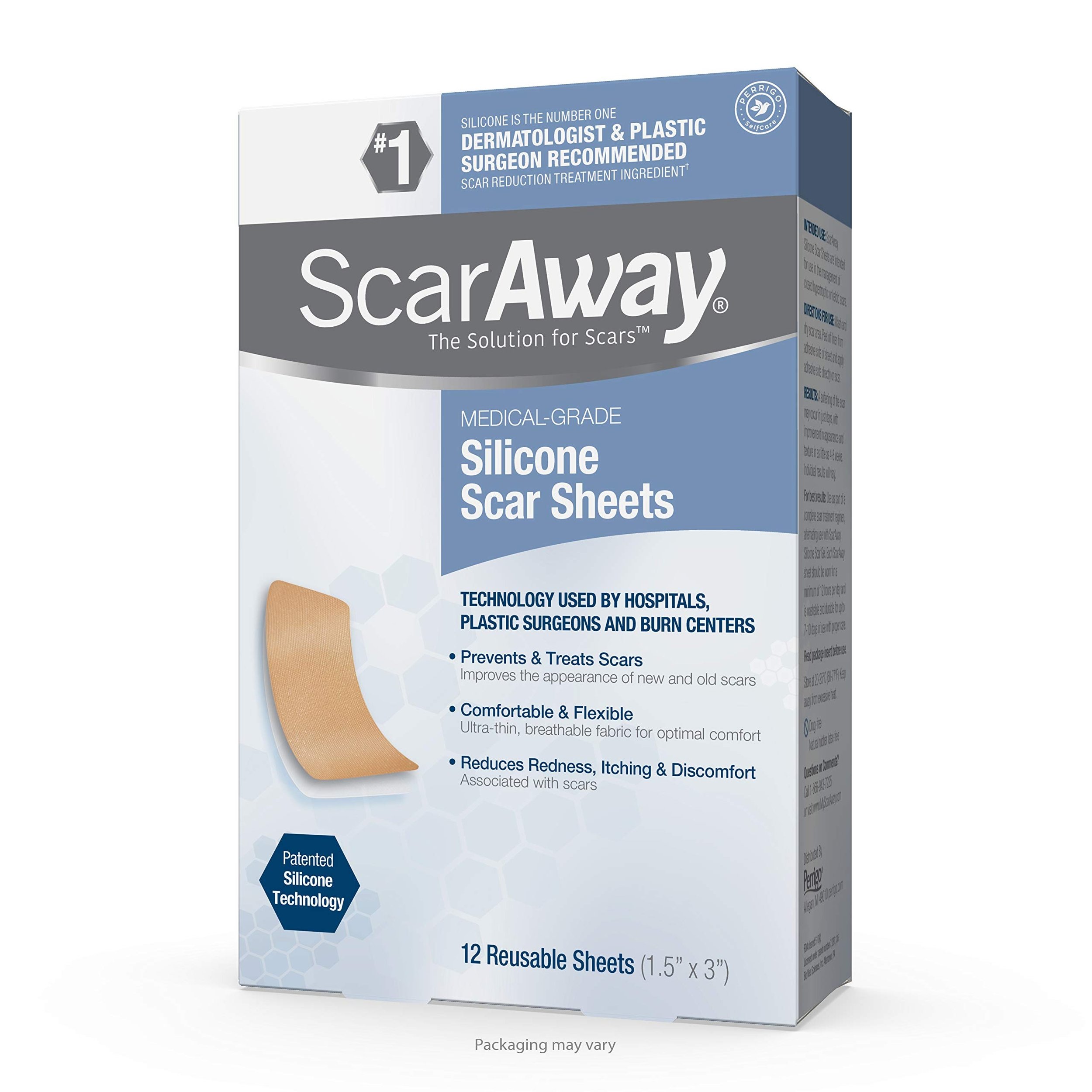All About Scars: Types, Treatments and Prevention
Scars can have a physical and emotional impact on our lives. Whether you love or hate your scars, it's essential to know the different types of scars and treatment options available, so you can make informed decisions about how to best care for them. In this article, we'll explore the causes and types of scars as well as various treatments and prevention methods for each type.
What are Scars?
Scars are the result of the body's natural healing processes after an injury to the skin. When the skin is damaged, the body produces new collagen fibers to repair the tissue, leading to the formation of a scar. The appearance of the scar depends on factors such as the size and depth of the wound, the person's genetics, age, and skin color.
Now, let's delve into the different types of scars and treatments available.
Flat Scars (Cicatrix Scars)
Flat scars are superficial and often caused by minor injuries. They are characterized by slight discoloration and hyperpigmentation on the skin surface. To treat a flat scar, consider:
Biafine: This wound-healing cream helps with faster healing, minimizing discoloration.
PillowtalkDerm Hyper Serum: Created to minimize pigment production, this serum can help reduce hyperpigmentation.
ScarAway sheets: Silicone sheets are used to keep flat scars flat while they heal.
Sun protection: Protect your scar from sun exposure to prevent long-term hyperpigmentation.
Depressed Scars (Atrophic Scars)
Depressed scars are common with acne and occur when your body doesn't produce enough collagen while healing an inflammation. They are classified into three types: ice pick, boxcar, and rolling scars. To minimize the appearance of these scars, consider the following:
Microneedling: A procedure stimulating collagen production, improving skin texture.
Dermabrasion: A technique using an abrasive device to remove the top layer of skin, promoting the growth of new, smoother skin.
Chemical peels: Application of a chemical solution to remove the outer skin layer, making way for new skin to regenerate.
Laser treatments: Non-ablative or ablative laser treatments can stimulate collagen production, smooth the skin, and improve its overall appearance.
Raised Scars (Hypertrophic Scars)
Raised scars, unlike depressed scars, form as a result of excess collagen production. They can be treated by:
Steroid injections: Injections with different concentrations of steroids can help calm raised scars.
Non-ablative laser treatment: Laser treatments can distribute injected steroids more evenly and help minimize raised scars.
Silicone patches: If you have a predisposition to hypertrophic scars, using silicone patches can be helpful.
Keloid Scars
Keloids result when scars grow beyond their original boundaries. To treat keloid scars, consider:
Cryotherapy: Freezing keloid tissue can reduce their size, followed by injecting a corticosteroid to help flatten and soften the scar.
Compression therapy: Wearing silicone gel sheets or pressure bandages can help prevent keloids from forming after an injury.




















